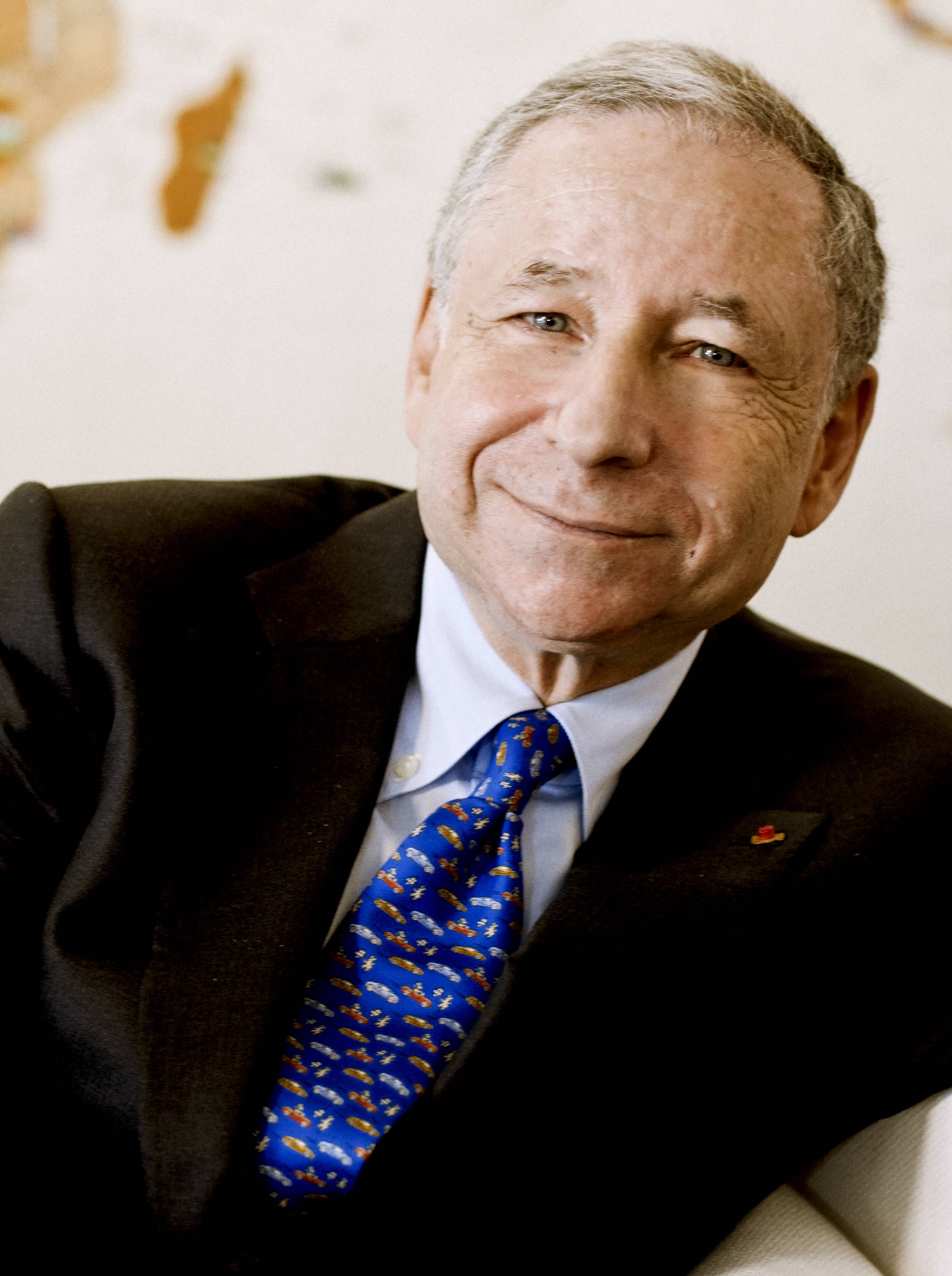Road crashes – and the largescale death and disability they cause – are perhaps the only public health crisis for which the world has adopted a fatalistic attitude over decades. Worldwide, they account for almost 1.35 million preventable deaths (3700 deaths per day, or the equivalent of around ten fully loaded aircraft crashing every day) and an estimated 50 million injuries each year – making it the world’s eighth biggest killer. These unacceptable numbers, both in absolute and relative terms, have remained largely unchanged for the past 20 years, despite the painstaking work of a limited number of activists.
As we reach the end of the first Decade of Action for Road Safety, we need to ask ourselves some essential questions. Chief among them is this: as the numbers of dead and injured on our roads stagnate, can we honestly say we hold safety as the core value of our mobility network? What are we not doing right?
We say we care about road safety, but there is a big gap between what we say and what we do. The current way we “apply” safety to our road transport systems in response to the distressing road traffic casualty burden is to surround ourselves with equally visible crash barriers, speed bumps, speed cameras and other devices. While these are hugely important inventions, they nonetheless help us ignore another undeniable reality – the absence of safety as the true value underpinning every single aspect of our personal transportation.
We need to do things differently, because we will not achieve our goals by doing more of the same. To reduce road deaths and injuries – and not just tolerate them – we need a transformation in thinking. We need to build on what has been achieved to date using our current ‘safe systems’ approach, which is understandably tied to our transportation infrastructure, and evolve into an approach in which safety is the prime motivator. In other words, we need to look beyond – or perhaps beneath – the core pillars and lead agencies – and remake the foundations on which they stand. This means laying down safety as a value so fundamental and non-negotiable that – as in the aviation industry – it actually becomes a hallmark of the road transport system, an asset.
If we can swap the values that currently hold sway over our road transport systems – cost-efficiency, speed, personal choice, expediency and so on – for one of safety, then we have a chance to make a real change. When safety as a value becomes the guiding star of all we do on our road transport systems, in all our mobility policies, and in all the institutions that govern it, those very systems will evolve with also help of UN legal instruments, regardless of location or a country’s income level. And this is especially important at a moment when the advent of the autonomous vehicle opens a radically new and challenging scenario.
The question, then, is whether this change in thinking is possible? The straight answer is yes: it has been done in both aviation and Formula 1. But we need the full commitment of international bodies, governments, the private sector, voluntary organisations, and private individuals because all have a part to play in making this vision a reality.
Let’s fast forward 10 years. We are in 2030. Our headline statistic is that despite ongoing road safety interventions, road traffic deaths and injuries are still at a plateau. Nothing has changed – except that another 14 million people are now dead and 500 million more have sustained injuries. Some of these people are not born yet. If current rates persist, this is the future. This future would mean we are short of yet another SDG target, betraying the UN 2030 agenda for Sustainable Development, with far too many being left behind. But there is hope. Next week in Stockholm, when around 100 Ministers meet for the 3rd Global Ministerial Conference on Road Safety, we have the chance to start building a different, safer future. Let’s not miss it.
This is why, in my book Millions of lives to save on the roads*, I urge all the stakeholders to take action. Now.
*Published this week by Débats Publics


